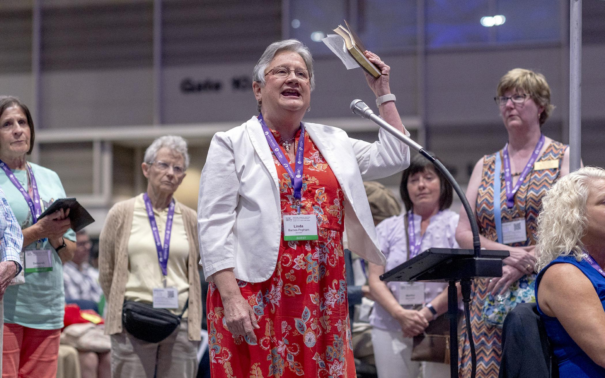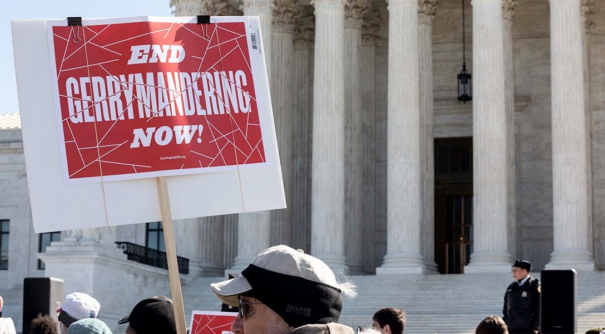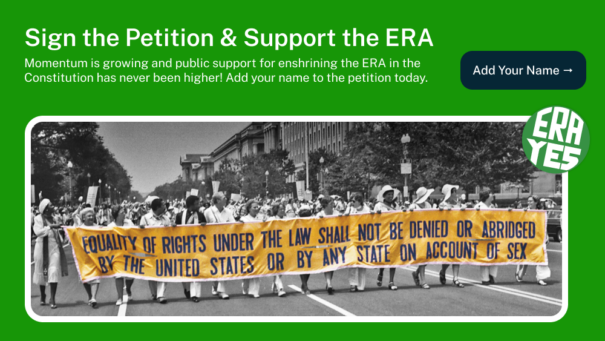Since Russia launched a full-scale invasion of Ukraine in 2022, gender gaps in education, poverty, and gender-based violence have increasingly widened for Ukrainian women. The war has shifted the traditional understanding of gender dynamics in Ukraine as women fill positions left behind by men being drafted into the military. This has greatly expanded women’s role in society, but also had a harsh impact on many of their daily lives.
There are an estimated 5.9 million internally displaced people in Ukraine, and nearly 8 million refugees fleeing the country. 90% of the displaced are women and children. As Russia continues their attack, Ukraine has prohibited the majority of men from the ages of 18 to 60 from leaving the country, forcing women to find ways to support their families on their own. This has been exceptionally challenging for the 265,000 Ukrainian women who were pregnant when the war broke out as the destruction of infrastructure has made it difficult to access healthcare. UN Women found that there were 77 children for every 100 women refugees. Ukrainian women have been grappling with the emotional and psychological distress of displacement, while simultaneously attempting to secure food, shelter, schooling, and basic necessities for their children.
Women in Ukraine already disproportionately struggled with food insecurity prior to the invasion, but now about 38% of women-led households are experiencing moderate or severe levels of food insecurity, compared to only 21% of male-led households. Russian occupation of certain territories has prevented women from doing agricultural work, leading to extremely limited resources as they attempt to care for the displaced Ukrainians as well as their own families. Desperate families have resorted to marrying off school-aged girls for the income from dowries or the bride-price. Many women have even turned to transactional sex for food and survival. UN Women has reported a concerning spike in gender-based violence and sex trafficking amid the heightened levels of poverty.
Ukrainian society has long held a paternalistic view of women, with women being barred from about 450 jobs until just a few years ago because they were seen as too dangerous, or a “man’s job.” Women in the military were not given the same status, benefits or recognition as men until 2018. Now, the fight for the country’s survival has increased women’s agency and confronted traditional stereotypes of women’s role.
Large numbers of women are choosing to join the military to aid in the fight, even taking on combat roles, while many others are being trained in demining to mitigate the risks of landmines in areas where Russian troops have retreated. Women in civilian life have taken on additional, and extremely vital, roles to support the war efforts — trucking, welding, firefighting, security and defense, driving military transport cars, making camouflage netting for troops, cooking for the internally displaced people, as well as raising money to support soldiers.
“One of the many persistent truths is that women do an awful lot of the unacknowledged but really crucial work. War wouldn’t happen without them, and all the things that are going to sustain societies that are in conflict — many of them are done by women,” Dr. Jenny Mathers from Aberystwyth University told the New York Times. This is especially true in Ukraine. Women have fought both on the frontlines and behind the scenes to keep the country running. However, the role of women participating in the war effort has been obscured and the plight of women trying to raise families remains unanswered. If women are to emerge from the war as equals, Ukrainian leaders must give women equal representation in the decision-making and conflict resolution process and answer the call of women who are struggling to care for families in a changed environment.






